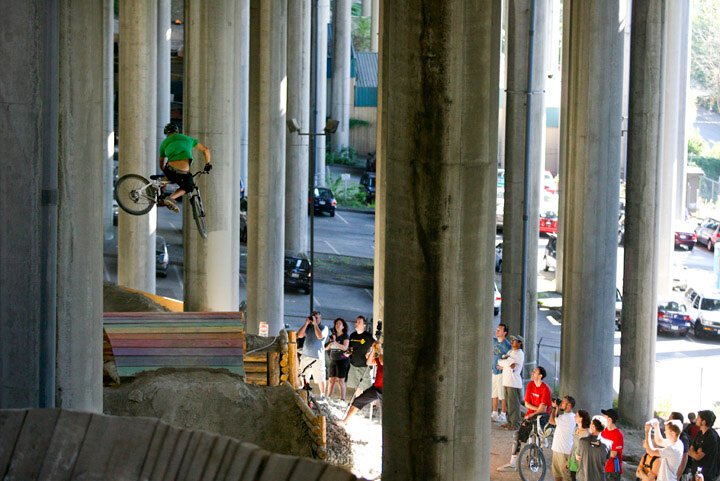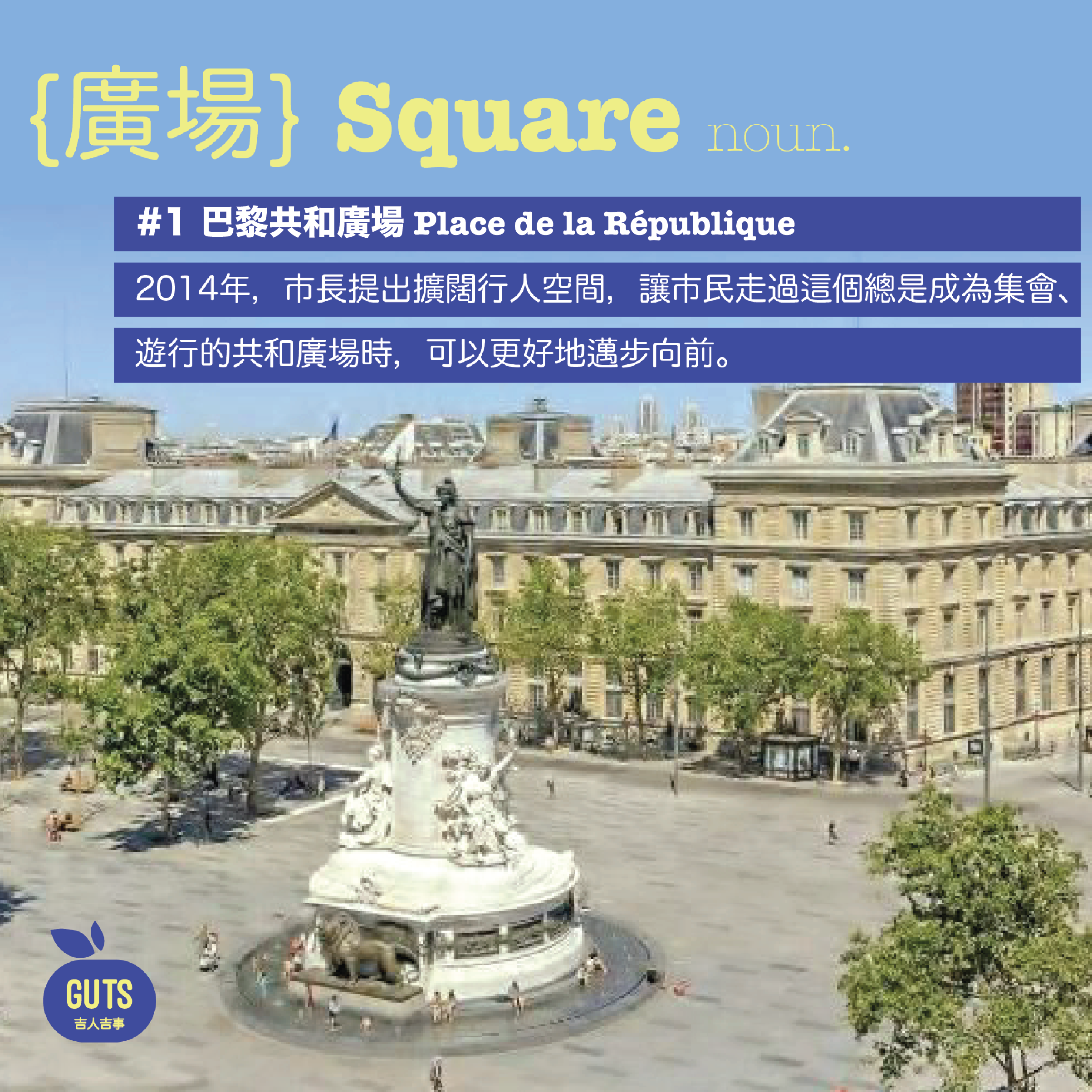水牛城吉事:工業廢城 種出新生|GUTS IN BUFFALO CITY: Revitalises industrial ruin by growing
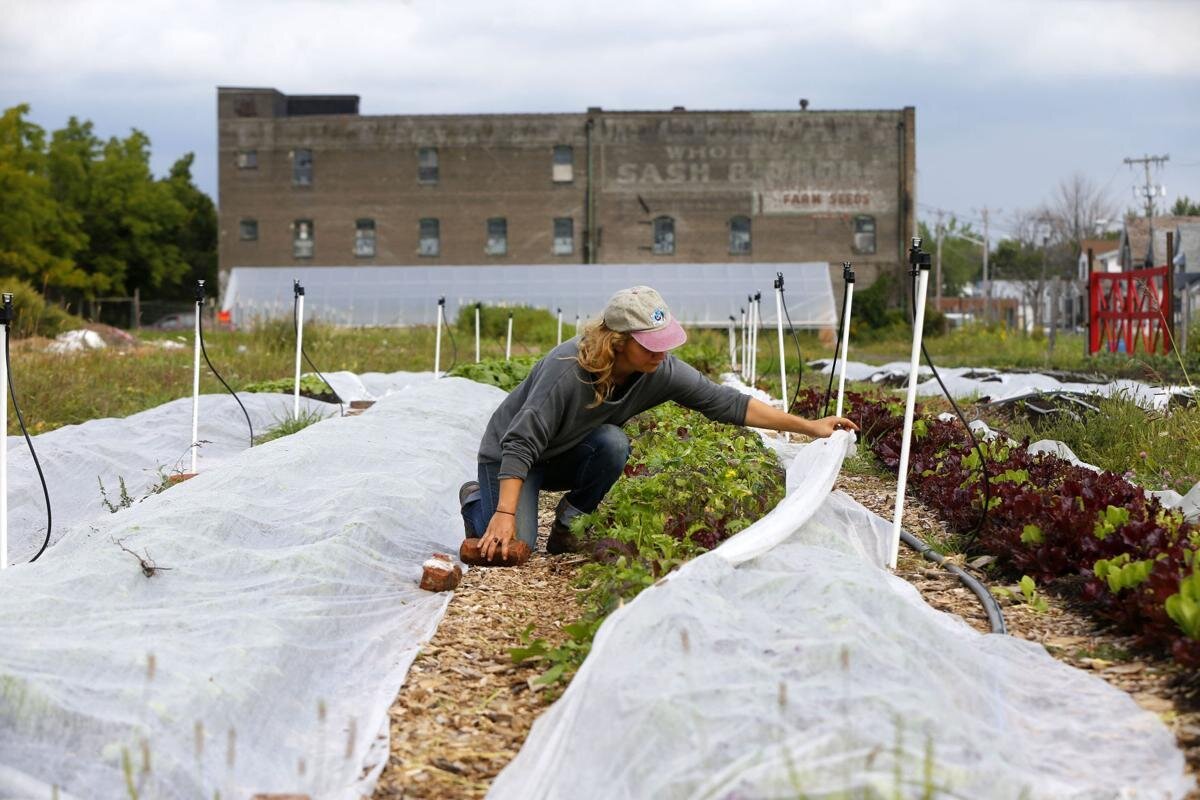
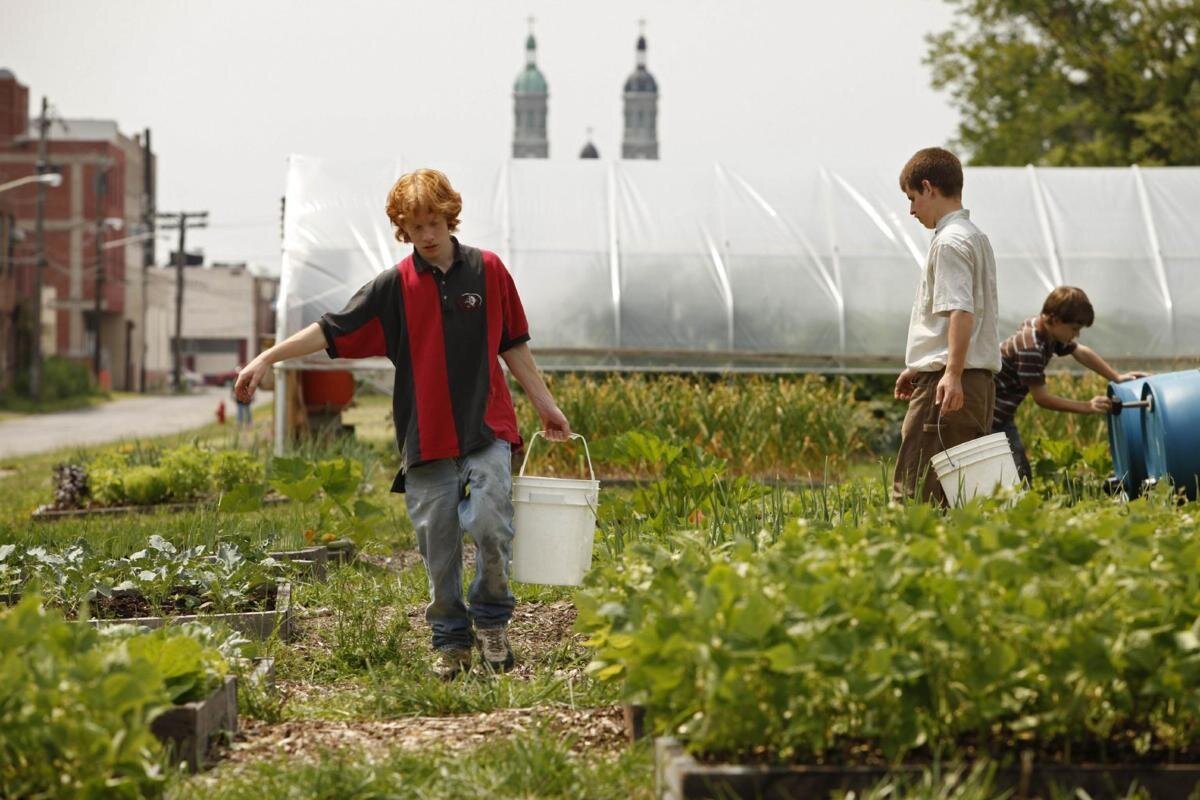
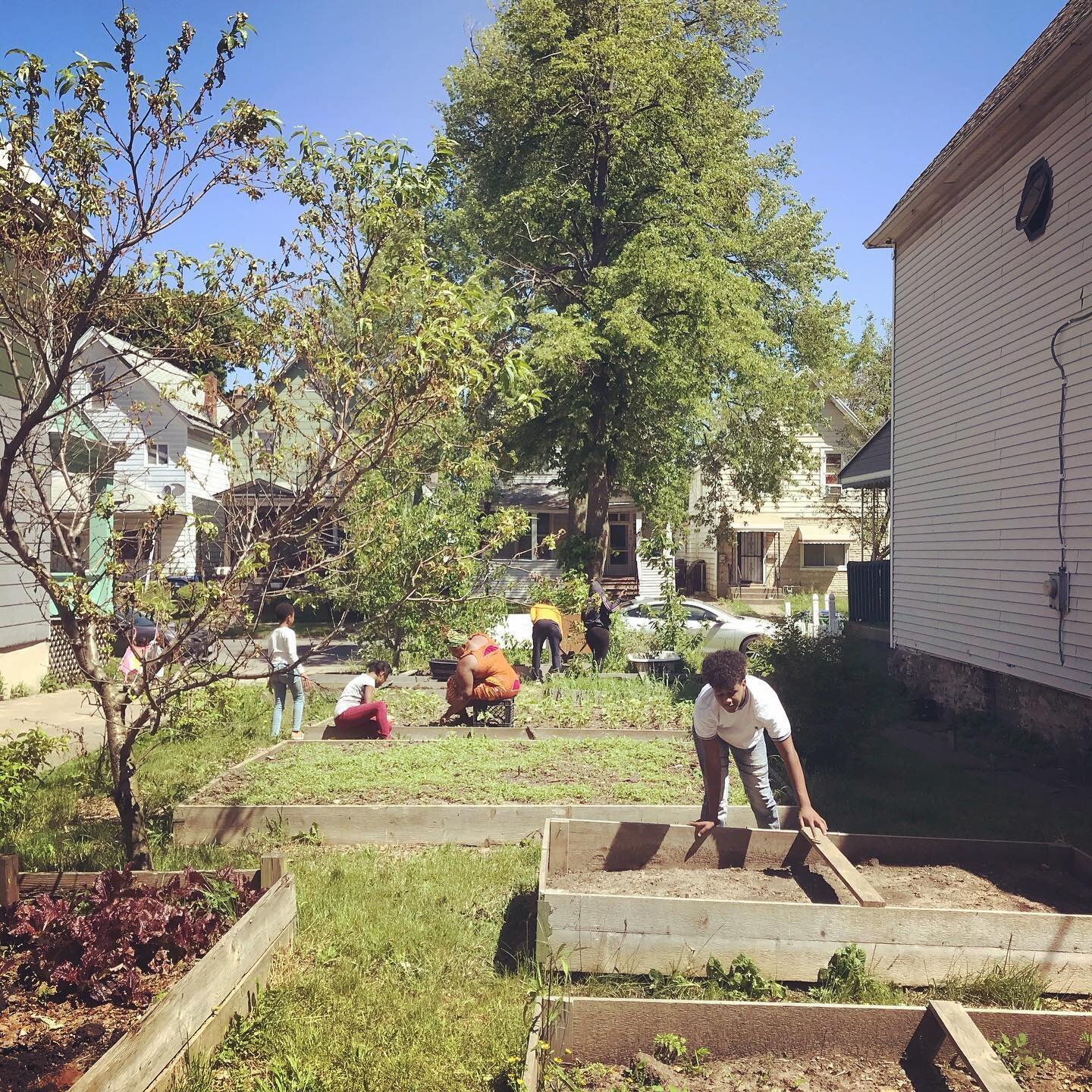
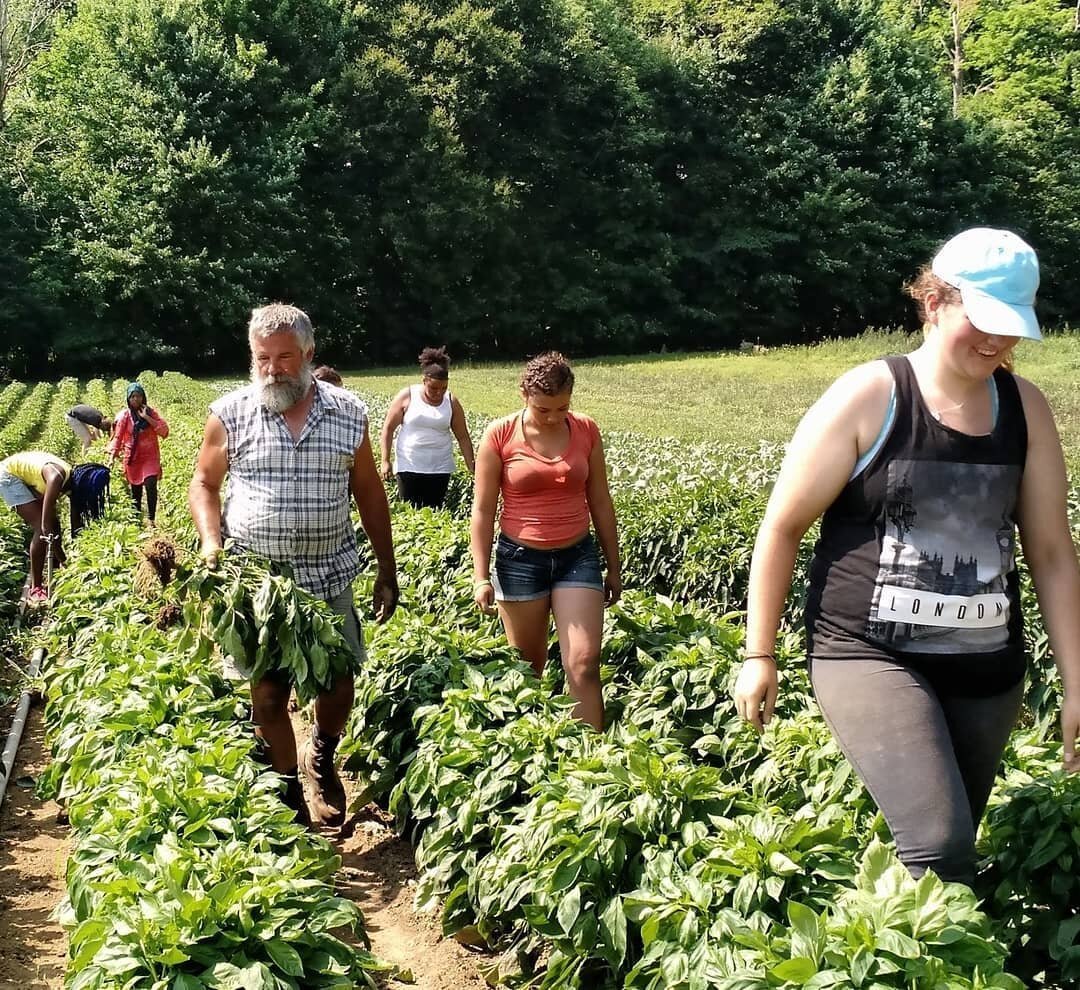
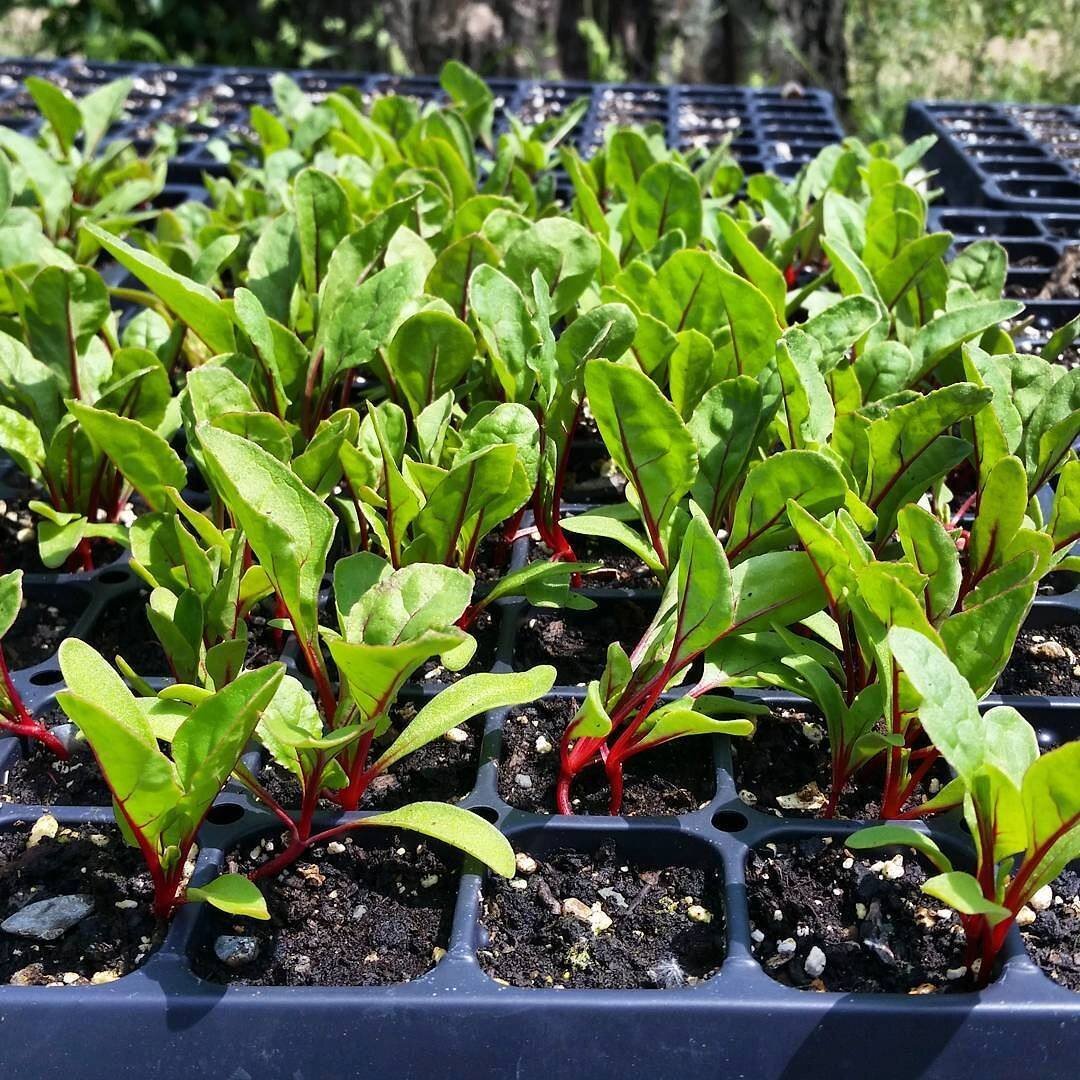
「城巿種植」這概念其實並不新鮮,在美國的確已有很長的歷史,早在十七世紀末的經濟大衰退時期,美國就已經開始在城巿中荒廢的土地、學校空地等耕作,以提供食物予貧困的人;二戰期間,美國政府又提出「勝利莊園(Victory Gardens)」,鼓勵人們自己耕作,減輕家庭經濟負擔之餘,也減少國家負擔,讓國家能把資源放在軍事之上。而如今關注糧食供應鏈、綠色生活等的城巿耕種浪潮,也可以追塑至1970年代,當時的人開始關注生態環境、解決貧窮問題等。
在談及美國的城巿種植例子時,我們也不得不提紐約水牛城——十九世紀,位於美國東北的水牛城,一度是美國的工業重鎮,尤其是糧食運輸、出口的集散地,人口曾多達50萬人。不過,1950年代,另一條海上航運路線開闢以後,水牛城不再是運輸的必經之路,自此,水牛城經歷衰退,大工廠搬走、結業,大量被污染的工業用地丟空,人口大跌一半,居民當中,大部分是非裔美國人,生活在貧窮線以下,整個社區的環境愈來愈差,社會不均也愈來愈嚴重。
城巿內大量丟空的土地、大量失業的青年,政府長期忽略水牛城的問題,讓居民開始想方法自救,其中一個最成功的,就是發起在丟空的土地上種植,一方面讓荒廢的土地資源重新有生產的能力,一方面讓青年得到收入。
不過,他們遇到的問題也不少,例如荒廢的土地其實由政府或私人擁有,居民需要合法的權利進入、種植土地;又例如受工業廢料污染的土壤,需先經過安全測試,才可以種植食物。經歷多年的斡旋、應對,水牛城居民找到的方法是成立非牟利組織,它一來可統一向巿政府簽訂租地協議,二來也可以在保險等環節,向種植者提供保障。另外,它亦與種植者建立誓章,確保在工業土地種出的植物符合安全,進一步鞏固水牛城的糧食生產業。如今,水牛城已有超過100個社區園圃、大量城巿農莊,以及持續增長中的食物生產行業。
在城巿種植、以自給自足為目標,看來已是大勢所趨,近年甚至有來自不同國家的吉人,包括西班牙的大學、巿議會、美國的大學研究所等,組成團隊推動「Fab City」的概念,致力於改變工業經濟模式。從在地自造做起,期望透過科技,發展成自給自足的城巿,當中就包括提倡把城市耕作從小規模的實驗階段,擴大至大規模的基礎設施,讓食物生產散落至家庭、社區及城市之間的循環系統。
身在香港的我們,又可以做點什麼,迎上城巿種植的趨勢呢?
相片來源:網上圖片
地點 : 紐約水牛城
Urban farming is not a new concept. In fact, it was deeply rooted in American history. Stricken by the economic depression in the late 1700s, many American cities turned vacant lots and empty campuses into farms to provide for the impoverished. During WWII, the American government encouraged its citizens to plant “Victory Gardens” and grow their food so that the state could focus its financial resources on military activities. Issues incentivising today’s urban farming movement, such as food security and sustainability, also received attention back in 1970, when ecology and poverty concerns emerged.
To talk about America’s urban farming movement, we must first mention Buffalo City, New York. Back in the 19th century, the northeast city used to be an industrial hub for food transportation and exports, attracting up to 500,000 people to settle down here. But in the 1950s, the opening of a new shipping route skipped Buffalo City. Since then, factories and people gradually fled the city, leaving behind polluted industrial lands. The remaining half of the residents were mostly African Americans, struggling under the poverty line. As a result, the community environment, as well as social inequality, inevitably deteriorated.
While the government neglected abandoned lands and youth unemployment for years, the residents decided to save their homeland through many initiatives. One of their successful stories was about growing food on vacant lots.
Not only would the lands be productive again, but it also opened up a new stream of job opportunities to the young. The road towards this goal, however, was nothing but bumpy. Many of these vacant lots were either state or privately owned, so the residents had to fight for legal rights to access and grow inside. And the soils, heavily polluted by toxic chemicals, had to pass a series of tests until they were proven safe for food growing. After years of negotiation, the residents decided to set up an NGO to sign land leases with the government collectively. In the meantime, the organisation worked with growers on insurance protection and agreements to ensure the produce grown in these sites was safe, strengthening the city’s food manufacturing industry. To this date, there are over 100 community gardens and many urban farms across the city, contributing to the continuous growth of its food manufacturing industry.
Urban farming for self-sufficiency seems to be trending across the globe. In recent years, some visionaries from different countries teamed up to promote a movement called ‘Fab City’. The team comprises universities in Spain, city councils and research institutes in the US. Committed to shifting the world from the industrial economy model, the team started locally and hoped to develop into self-sufficient cities through technology. One of their missions is to turn urban farming from small-scale experiments to large-scale infrastructures so that food production can be scattered to families, communities and cities.
Back in Hong Kong, what we can do to ride this urban farming trend?
Photo source: Internet
Location: Buffalo City
你可能對以下吉人吉事有興趣:
You may also be interested in these GUTS Stories:










